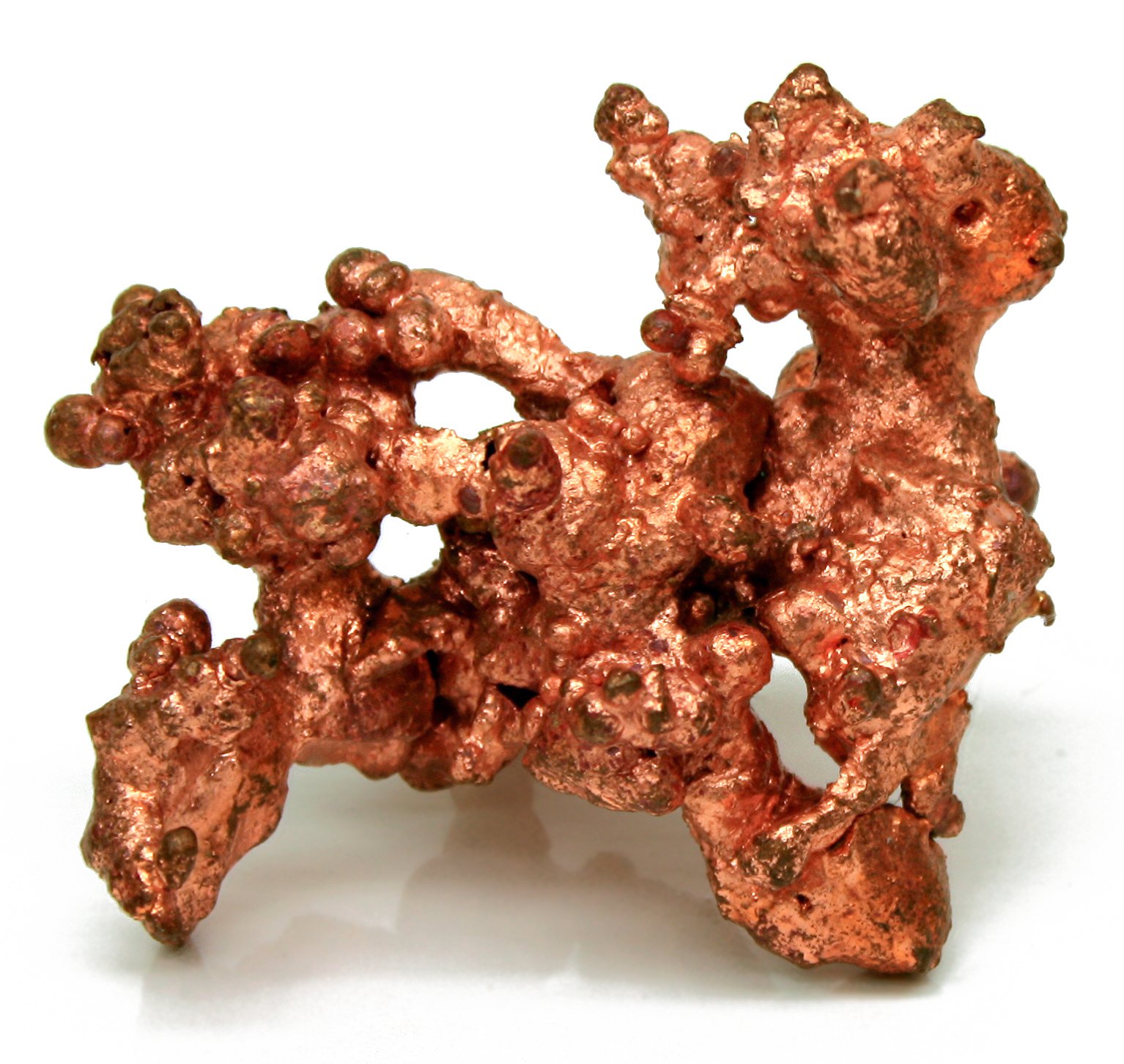Copper is one of the most used building materials in the world. In fact, it has been used in some of the most famous sculptures and architecture in the world all throughout history. This unique and one-of-a-kind element and mineral has a significant range of benefits and a large variety of applications. The material is prevalent in all facets of society and is used in currency, medicine, electronics, construction, and physics. It is interesting to note the famous uses of copper and how shocking it can be to realize that it is quite literally one of the most relied upon elements on our planet.
Did you know that the penny was once made from copper? This might not be such a surprise to some but back from 1783 to 1837 the penny was made entirely from copper; however, the tossed-around coin is now primarily composed of zinc with as little as 2% of its make-up being pure copper. The naturally orange-red hue can make this fun fact seem pretty dull to most of us, but the incredible uses of copper don’t stop at just currency. The metal is naturally abundant and therefore used by many different professionals.
Copper also has a place in medicine and has been thought to decrease the microbial burden in ICU’s (intensive care units). What exactly does this mean? Essentially, the antimicrobial properties have been experimented on heavily touched surfaces in areas with a higher chance of lurking infections. This can include bed rails, door handles, and call buttons. The copper and copper alloys kill microbes by interfering with the electrical charge of the bacteria’s cell membranes. Clinical tests have shown a significant reduction in acquired infections within ICU’s when copper and copper alloys are present; however, the exact data has been subject to question due to the frequency of hygiene practices among staff. Regardless, researchers are certain that copper has some sort of positive impact.
The usage of copper within medicine is also breaching the boundaries of technology. The economical metal has proven to be durable, lightweight, and abundant. Many researchers and inventors are hoping to integrate copper into some of the forthcoming high-end gadgets that could possibly revolutionize the way we live. These “soft” gadgets can range from wearable technology to a futuristic form of paper. Presently, copper is used heavily in wiring and as nanowires are becoming more sophisticated the possibilities are starting to look endless. One possibility can be a wearable medical sensor that can meld perfectly to the shape of the skin and produce highly accurate data.
It is no secret that copper is used in architecture and construction. It is widely used in roofing and gutters because of its durability and reliability while also being extremely low maintenance. But did you know that one of America’s most famous landmarks, The Statue of Liberty, is made with a high degree of copper? It’s true! The outer shell of the statue is completely copper. It reaches as high as 112 feet, beginning from the feet on the base stretching to the top of the head, and has a thickness of 3/32 of an inch (less than the thickness of two pennies). But wait– isn’t the Statue of Liberty green? The answer is obviously yes! This is a result of the natural weathering of copper and the color is referred to as a patina.
It is remarkable the uses copper has to the world at large. The universal material was one of the first metals to be manipulated by humans and is responsible for some of the most historical achievements in our nation. So get in line with the times and throw some copper into your next building project. Why not consider copper roofing or copper gutters? The benefits are impeccable and the beauty is inspiring. If it’s good enough for the Statue of Liberty, then it is definitely right for your home.
Sources
